- Additives
- Instruments

For the characterization of the flow behavior of materials, different measuring instruments are available and can be chosen depending on the price, the required measuring accuracy and the application.
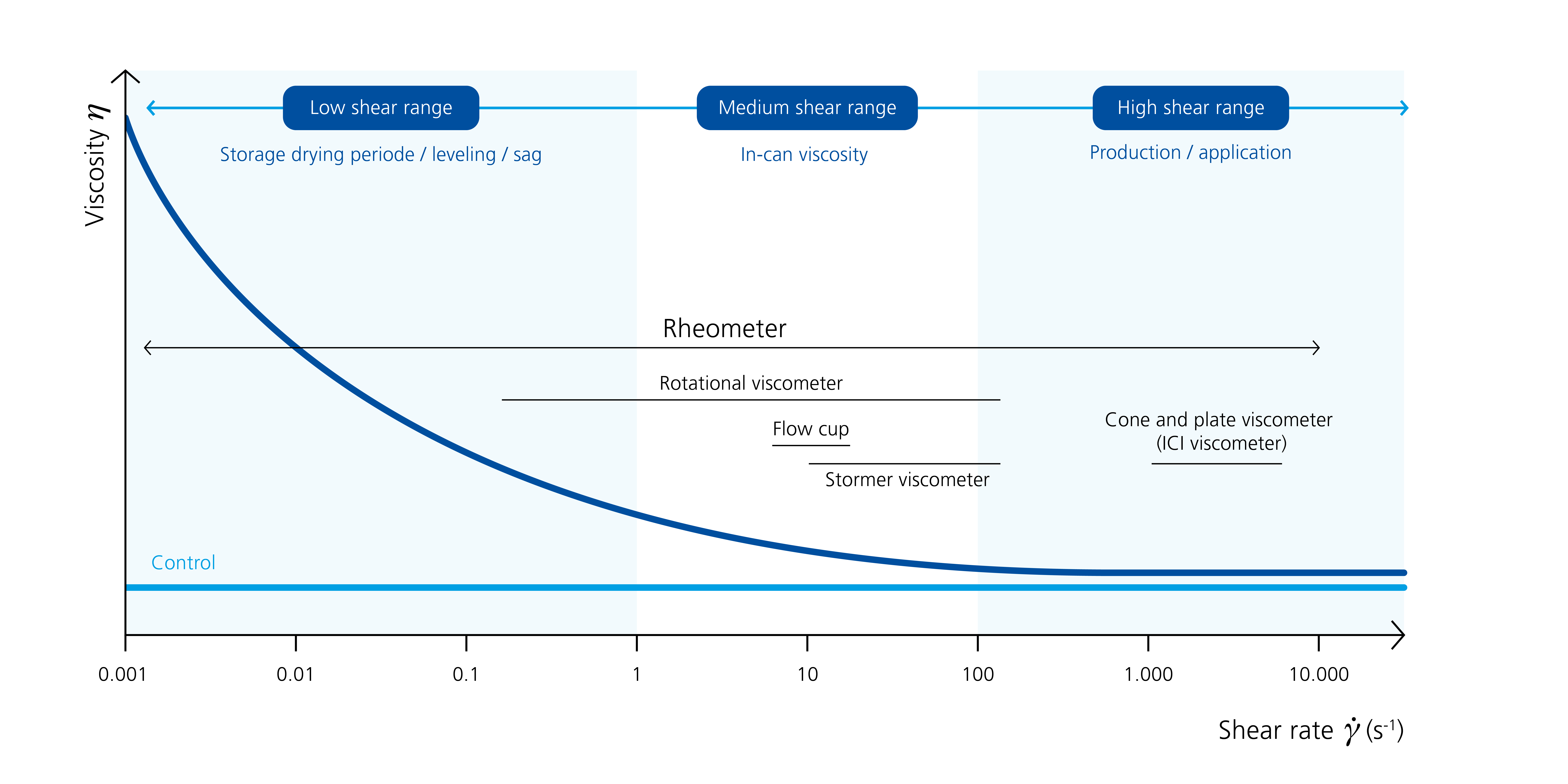
For the selection of the suitable measuring instruments, it is essential to know the load (shear range) under which the flow of a material should be characterized. A widely used evaluation of processing viscosity is for example carried out with the aid of a flow cup, in which the time is determined in which a low viscosity Newtonian liquid flows out under defined conditions. Flow cups with different geometries are available for this purpose.
Rotational viscometers (also known colloquially as "Brookfield viscometers") are often used for a more precise characterization, as they allow viscosity measurement over a wider shear range at a low purchase price. This is done by measuring with different spindles at different speeds. In general, these viscometers tend to allow measurements in the low shear range.
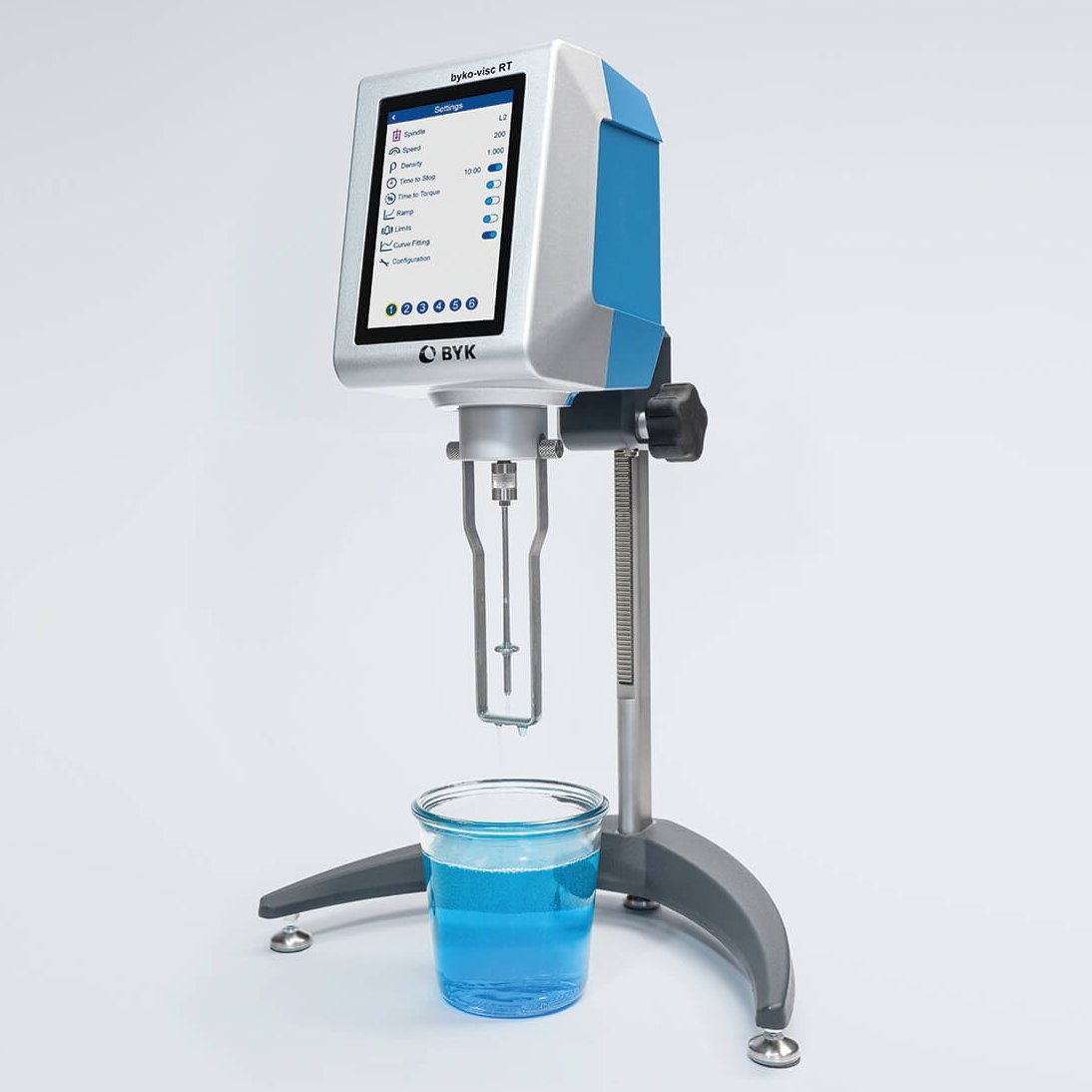
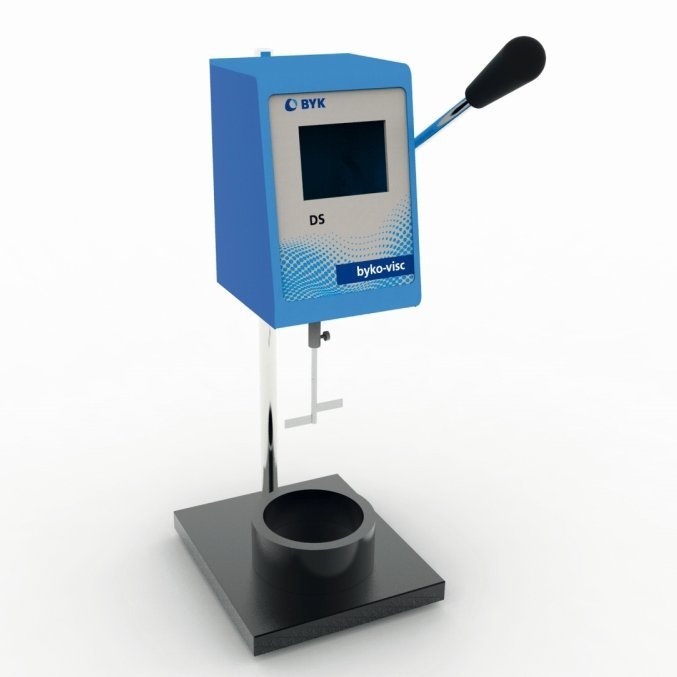
Stormer viscometers are based on a similar measuring principle. Here, the so-called KU values (Krebs Units), which are an indication of the processing viscosity, are measured by means of a paddle stirrer at a speed of 200 rpm. These viscometers allow a statement to be made about the behavior of the material in the medium shear range.
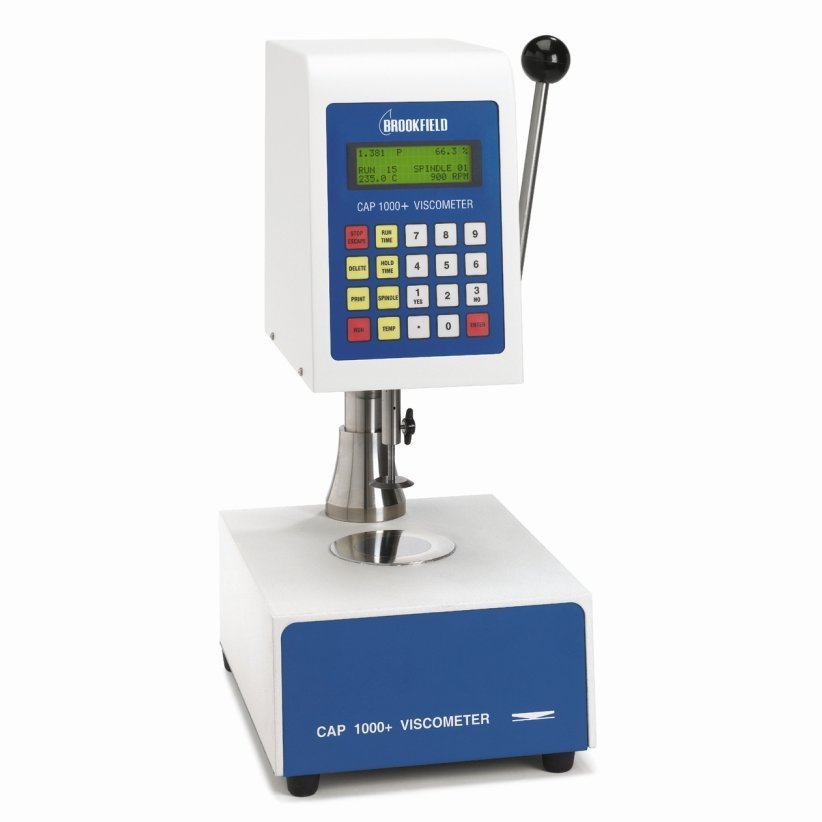
Cone-plate viscometers are characterized by the fact that measurements can be performed at different shear rates with a defined measuring gap. The use of standardized cones makes it possible to calculate the viscosity precisely on the basis of the measured values. The cone-plate viscometer is mainly used to determine the so-called "high-shear viscosity" (ICI value) in order to determine the brushability of a paint. This is done at a shear rate of =10,000 s-1, thus in the high shear range. The devices are therefore often also referred to as "ICI viscometers".
Rheometers enable the most accurate characterization of the flow behavior of materials. The technically very sophisticated instruments make it possible to specify a wide range of different parameters and to evaluate the material on the basis of a wide variety of measurement profiles. Typical measurements are made by specifying the shear rate or the shear stress. Another advantage of rheometers is the possibility of also determining viscoelastic properties (G' and G'') by means of oscillation measurements. Disadvantages are the higher acquisition costs and the stationary installation required due to the high sensitivity.
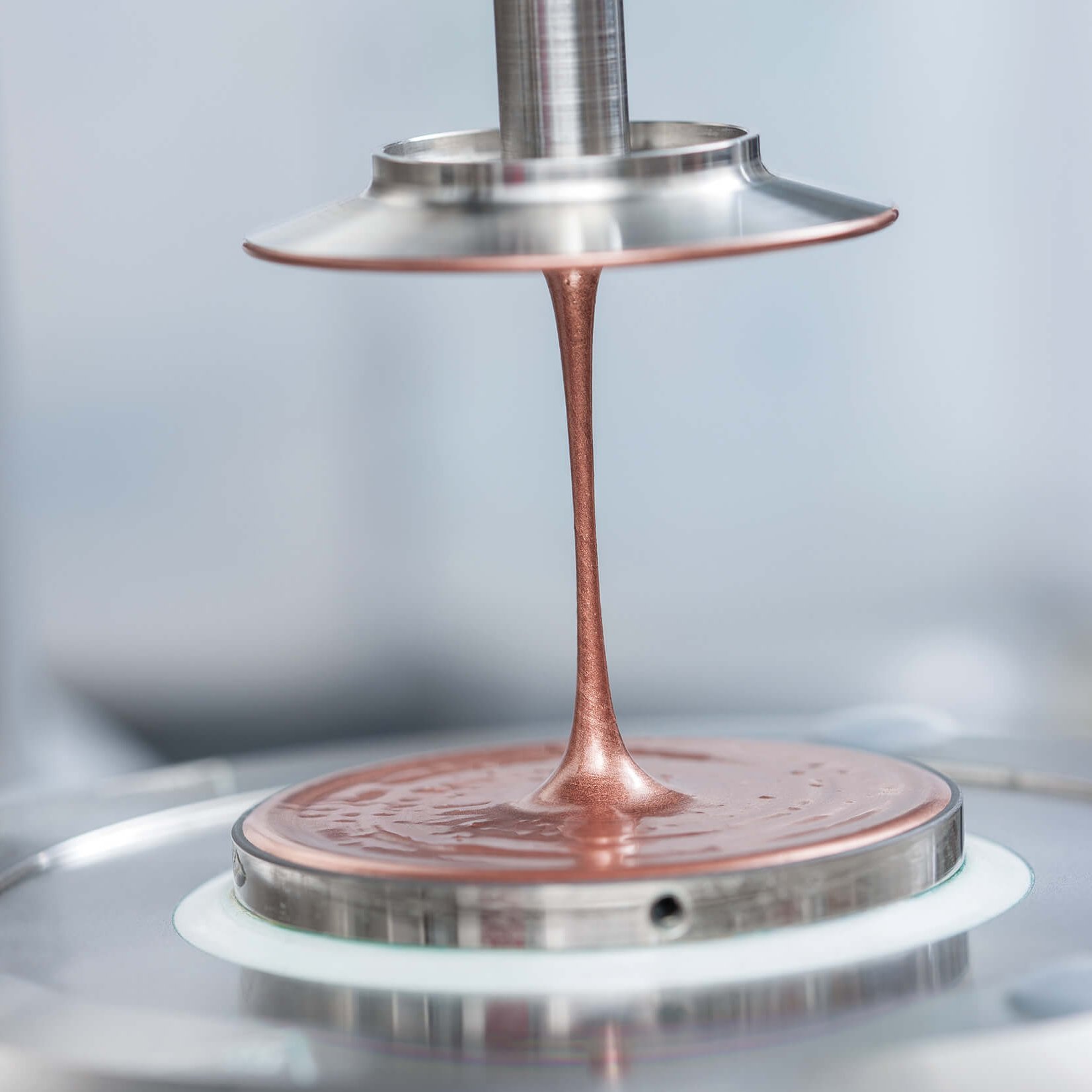
If you delete your search history, all your previous searches will be deleted permanently.